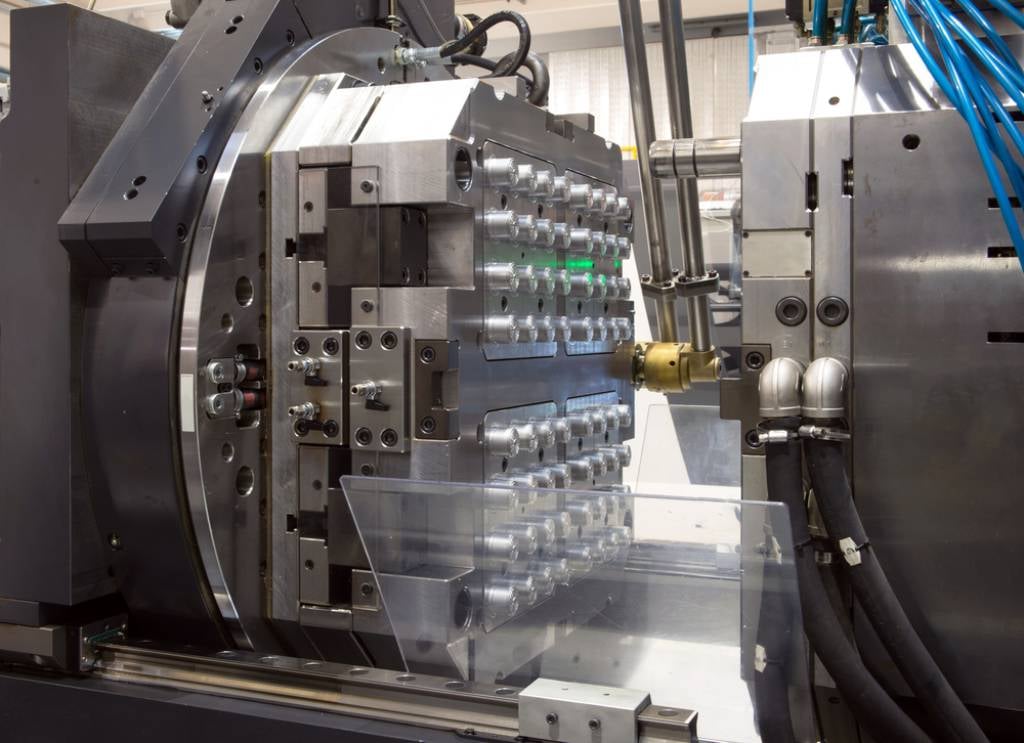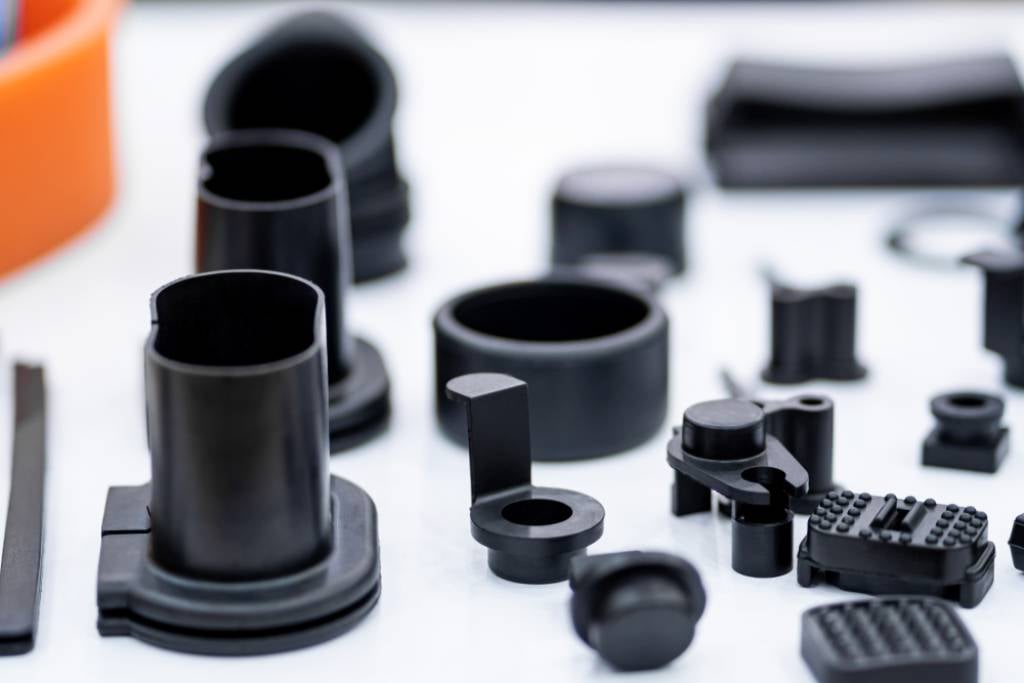
Thin wall injection molding is a highly specialized technique within the realm of conventional injection molding. Its primary objective is to efficiently manufacture plastic parts with incredibly thin walls. Various products extensively utilize thin-walled components, including car parts, containers, and lids.
Thin wall molding offers significant advantages compared to typical injection-molded parts. By using less material, it not only reduces cycle time but also saves costs. When it comes to thin wall injection molding, there are several key considerations and valuable tips to keep in mind:
1. Material Selection
For thin wall injection molding, it is recommended to use materials with high melt flow rates (MFR) as they can fill the mold more easily. In thin wall injection molding, polypropylene (PP), polycarbonate (PC), nylon (PA), and polyethylene (PE) are commonly utilized.
When it comes to thin-wall injection molding, keep in mind that there isn't a universal material solution. It's important to carefully evaluate the geometry and application requirements before comparing materials for your exact needs. When choosing a material, selecting one that can handle high-speed injection without causing excessive mold wear is crucial.
2. Mold Design
A uniform wall thickness in the mold will improve cooling and reduce any forms of warping. By ensuring consistency throughout the mold, you can enhance the overall quality of the final product.
Additionally, strategically placed vents are eliminate air traps, preventing any defects that may arise from trapped air pockets. Lastly, carefully locating gates enables a uniform flow of material, further enhancing the efficiency of the molding process. These factors must be considered with precision and attention to detail to optimize the performance of your mold.
3. Clamping Force
You may run into issues caused by excess plastic seeping out of the mold without sufficient clamping force. Regularly inspect and maintain the mold to ensure no damages are present. Keeping the mold closed under high injection pressures prevents unwanted problems like flashes or breaks in the design.
Burr, a raised edge, commonly appears at the junction of male and female molds. This happens when there is poor mold clamping or improper processing of mold surface corners. The inadequate clamping force, high material temperature, and high pressure often result in insufficient molding temperature. Remember, applying adequate clamping force is vital for a successful molding process.

4. Injection Speed
Accurate filling in thin wall injection molding depends on the injection speed. Reducing the thickness of a plastic part significantly impacts the condensate layer's influence on flow. This influence increases exponentially as the thickness decreases.
Thin wall injection molding machines need a high injection rate to avoid defects. This will ensure the plastic melt fills the cavity faster than the condensation layer can grow or slow down. Completing the filling action before closing the flow section allows for precise injection molding of thin-walled plastic parts.
If there is inadequate filling, it can result in short shots. However, this issue can be resolved by simply increasing the injection speed or pressure. Also, a well-designed gating system is in place and maintains the material's melt temperature at its optimal level.
5. Cooling
The thin wall injection molding process may experience warping during the cooling process. This can result in dimensional issues with your final product. To mitigate this, optimize the mold cooling system to ensure uniform cooling. Additionally, adjusting the holding pressure and time and maintaining a consistent wall thickness throughout the part can help prevent warpage and achieve better results.
Uneven wall thickness or flesh thickness in molded products can occur due to variations in hot-melt plastics' cooling or curing shrinkage. Certain areas, such as the back of ribs or edges with side walls, are susceptible.
For better results, maintain about 2/3 of the original thickness. You can achieve this by considering various adjustments, such as improving the runner thickness or increasing the size of the gate and exhaust. Also, consider raising material temperature, increasing injection pressure, or extending holding time.
Work with Experts in Injection Molding
RCO Engineering has experience with several industries, including automotive, aerospace, and defense. Over the years, our experts have crafted best practices that help us mitigate common manufacturing issues customers may face. This and our experience in a variety of verticals help us stand out.
Our approach is collaborating closely with our customers, tailoring our manufacturing services to meet their specific needs. We consider their technical requirements for the finished parts, ensuring that we deliver a customized solution that aligns perfectly with their expectations.

Comments